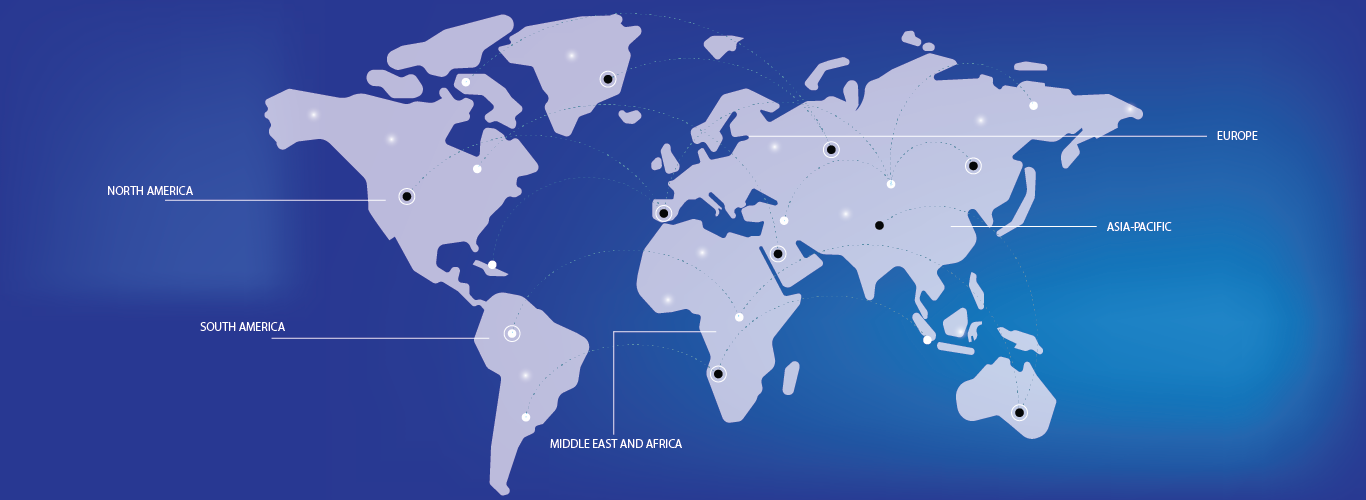The smart electricity meter market is experiencing significant growth driven by increasing demand for energy efficiency, grid modernization, and the integration of renewable energy sources. Smart meters enable real-time energy consumption monitoring, reduce transmission losses, and support demand-side management, making them essential for both utilities and consumers. Advancements in communication technologies, such as IoT-enabled smart meters, AI-driven analytics, and cloud-based energy management systems, are revolutionizing the market by improving data accuracy and operational efficiency. Governments worldwide are implementing regulations and incentives to accelerate smart meter adoption, particularly in regions focused on reducing carbon footprints and enhancing energy conservation. The rise of smart city initiatives and smart grid deployments further propels market expansion, with key players such as Landis+Gyr, Itron, and Schneider Electric investing in next-generation metering solutions. In addition, the development of hybrid smart meters that combine electricity, water, and gas metering capabilities is gaining traction. With increasing urbanization, growing digitalization, and enhanced cybersecurity measures to protect data integrity, the smart electricity meter market is poised for substantial expansion, ensuring a more resilient, efficient, and intelligent energy infrastructure globally.









